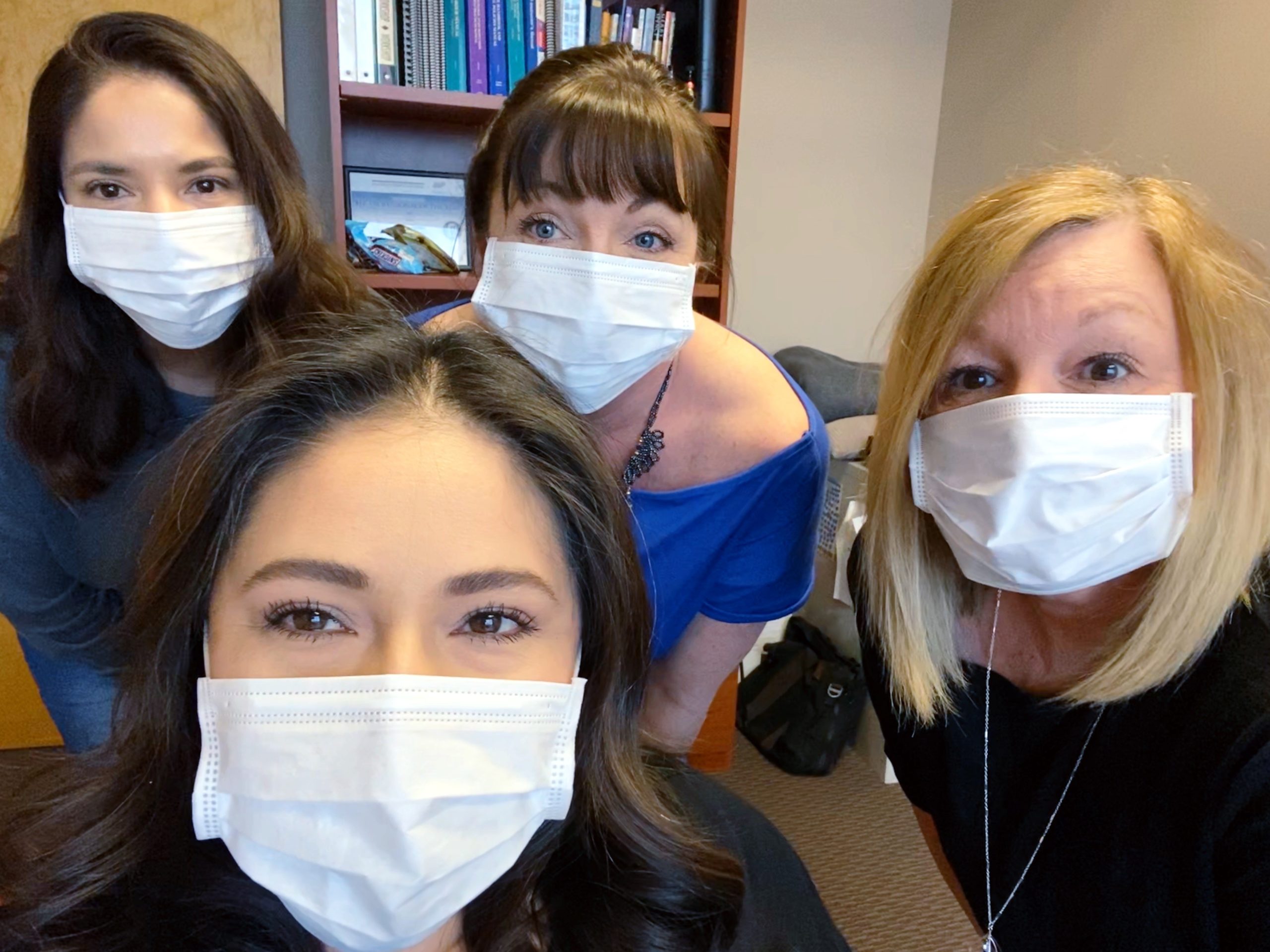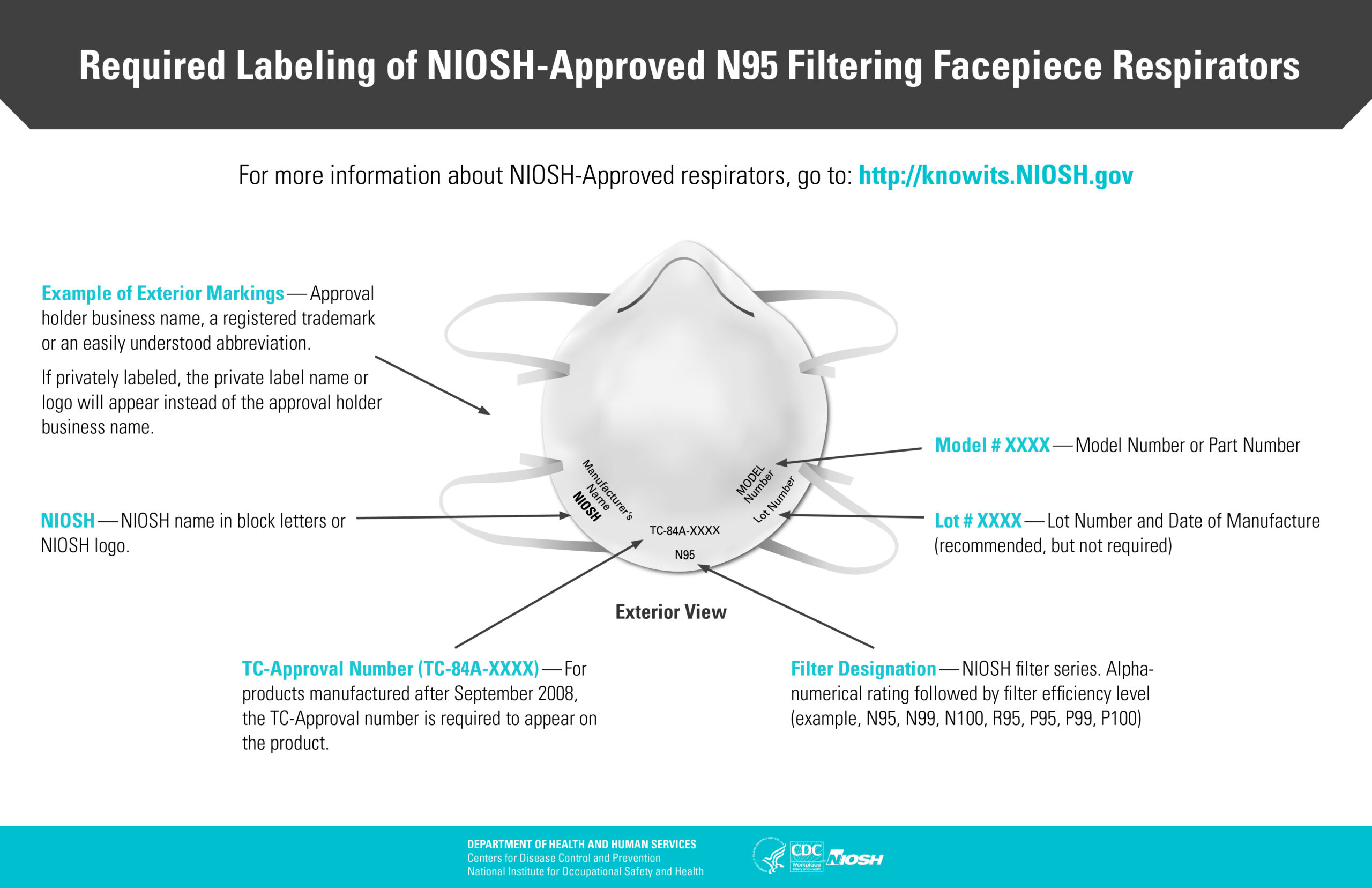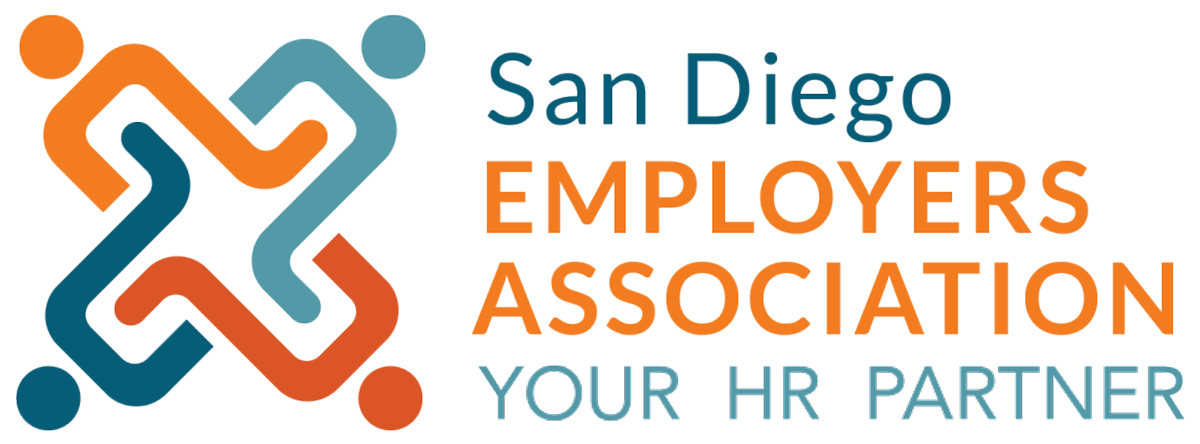1.5.22
By Molly Wood, SPHR, Senior HR Consultant
This article was updated on 1.7.2022 due to changes in CDC guidelines
Mask or no mask? Vaccinated or not vaccinated? You must, you mustn’t, you must again.
All this waffling among agencies regarding mandates and guidelines is exhausting for employers and employees alike.
In this article, we will review the requirements by the California Department of Health Services and Cal/OSHA and provide our recommendations on company policies.
Definitions
Close contact – being within six feet of a COVID-19 case for 15 cumulative minutes or more in any 24-hour period during a high-risk period, regardless of vaccination status or the use of face coverings.
That’s way too straightforward – let’s add a caveat. “Employees have not had a close contact if they wore a respirator required by the employer and used in compliance with section 5144. What is section 5144? We don’t know. But here is more information on respirator vs. face covering.
Respirator – a respiratory protection device approved by the National Institute for Occupational Safety and Health, such as an N95 filtering facepiece respirator. (Check out this previous article for information on how to get a 30% discount on approved respirators.)

Face covering – a surgical mask, medical procedure mask, a respirator worn voluntarily, or a tightly woven fabric or non-woven material of at least two layers. Why is a respirator that is worn voluntarily a “face covering” and a respirator that is required by the employer a “respirator”? We don’t know.
High-risk exposure period – For COVID-19 cases who develop symptoms, two days before they first develop symptoms until 10 days have passed since symptoms appeared AND 24 hours have passed with no fever without the use of fever reducing medications AND symptoms have improved. For asymptomatic cases, 10 days after the specimen for the positive test was collected.
Isolation – used to separate people with confirmed or suspected COVID-19 cases
Quarantine – used to prevent transmission of COVID-19 by keeping people who have been in close contact with a COVID-19 case apart from others
What to do When There is a COVID-19 Case in the Workplace
If there is a COVID-19 case, employers need to determine the high-risk exposure period and notify all employees and independent contractors, who were at the site where the COVID-19 case was present, of possible exposure. Employers must make testing available to those who had “close contact” with the COVID-19 case and pay the employee for the time it takes to test.
Exclusion and Return to Work Criteria 
Initially, the CDC guidelines stated if the employee is asymptomatic, they can come back to work if they receive a negative test after five days from the positive test, but they need to wear a mask and social distance for five more days. On January 4 the CDC changed the guidelines to say that people who test positive for COVID can end isolation after five days if their symptoms have improved and they have been fever-free without medication for 24 hours, or if they never exhibited symptoms.
However, as of January 6, the California Department of Public Health is maintaining that those who test positive for COVID-19 or are exposed to a case can only end isolation or quarantine after five days if they receive a negative test at least five days after the initial positive test.
If an employee has been exposed to someone with COVID-19, vaccination status comes into play. If an employee is unvaccinated – or is vaccinated and booster-eligible but has not received the booster – they need to quarantine for five days from the close contact and test on day 5. They can come back to work if the test comes out negative and they have not started exhibiting symptoms. They also need to wear a mask and social distance for five days after returning to work.
If an employee is boosted, or vaccinated and not yet booster eligible, they do not have to isolate but should wear a mask around others and social distance for at least 10 days and test on day 5. Further action is determinate on the result of the test, or if symptoms develop.
If the COVID-19 exposure happened in the workplace, employers would be responsible for exclusion pay. While Supplemental Paid Sick Leave expired on September 30, 2021, the hazy crystal ball is showing a strong possibility that SPSL will be reinstated and retroactive.
Exposure in the Household – The Domino Effect
There has been no specific guidance given for a situation where people live in a household with multiple people and are exposed. Following the protocols of “single” exposure, the employee should stay home and test after five days from the initial household members symptoms/diagnosis/positive test. If another household member exhibits symptoms or tests positive, that clock starts again. In this situation, an employee cannot return to work until 10 days after they get COVID-19 and meet the return-to-work guidelines, or until they get a negative test after five days from the last household members symptoms/diagnosis/positive test.
Masks/Face Coverings/Respirators
A face covering is required in indoor settings, including workplaces, unless there is a medical/mental condition or a disability that prevents the ability of an employee to wear a mask. Masks can be removed if the employee is alone in a closed office or room, and while actively eating or drinking. This mandate is in effect until January 15, 2022 as of this moment, but that could change.
Our Recommendation
SDEA proposes that employers make their own policies that meet or exceed compliance standards and keep those policies in place for at least six months, regardless of policy changes by government agencies. This will include your mask policy, return to work protocols, and use of Paid Time Off.
Attendees of SDEA’s Employment Law Update Webinar, to be held January 27 and 28 from 9:00 – 10:30am, will learn the latest in COVID-19 mandates, and non-COVID legislation that is important to employers. Click Here to Learn More
As always, SDEA’s HR Consultants are here to answer member questions and provide strategic feedback on policies and procedures. Don’t hesitate to call, 858-505-0024.
*Note: Cal/OSHA ETS are still promoting a total of 14 days of social distancing. CDPH has 10 days as a guideline. In this article we abide by the CDPH guidelines with the expectation that when Cal/OSHA updates the ETS they will fall in compliance with CDPH and CDC recommendations. If that proves false, our apologies.




